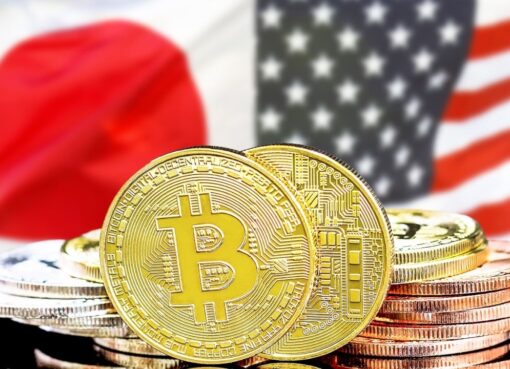Nonfungible tokens can be minted, sold or bought on NFT trading platforms that are either custodial or non-custodial
Today, the crypto space is filled with NFT platforms of all kinds such as mass and niche ones, self-service or invite-only platforms, gaming NFT platforms, sports or music NFT marketplaces and many others. All of them operate slightly differently, provide distinct functionality and offer various types of NFTs. The majority of NFT marketplaces are based on the Ethereum blockchain while others belong to blockchains like Binance Smart Chain (BSC), Polkadot, Solana and Cosmos, to name a few.
Some marketplaces are custodial and some are non-custodial. It is worth noting that some types of NFTs may not get accepted on certain platforms, mostly custodial ones as they get to choose what comes in and what doesn’t. These platforms are curated and NFT content may be censored. At the same time, non-custodial marketplaces are more open to a variety of NFT types from art NFTs and virtual collectibles to music and fashion NFTs — it all boils down to the capabilities of the uses’ imagination.
Custodial marketplaces act as a third party, as well as an escrow, for a sale by acting as a professional fiduciary for users’ conditional financial operations. By utilizing these marketplaces, users deposit their funds in the custody of the platform before digital assets are exchanged. This is the case for Binance NFT marketplace and Nifty Gateway platforms. On these platforms, interaction with other users is mediated by the marketplace that acts as an intermediary.
Non-custodial marketplaces create a private connection directly between users, creators or sellers, and uphold autonomy and the anonymity of users, as there is no need for KYC checks. Platforms like OpenSea and SuperRare allow users to have access to others, all connected in a decentralized network to exchange NFTs without an intermediary.
Other differences between NFT marketplaces are based on various factors like if they support a definite file format whether it is a Joint Photographic Experts Group, a Graphics Interchange Format, a certain audio or video format. Other factors include the accessibility of the platform (self-service or invite-only) and the price to mint an NFT, as to mint an NFT, users usually have to pay for creating a smart contract through gas fees.
Knowing the main variabilities between custodial and non-custodial NFTs is intended to help users to choose how they want to secure and manage their NFT portfolios.




